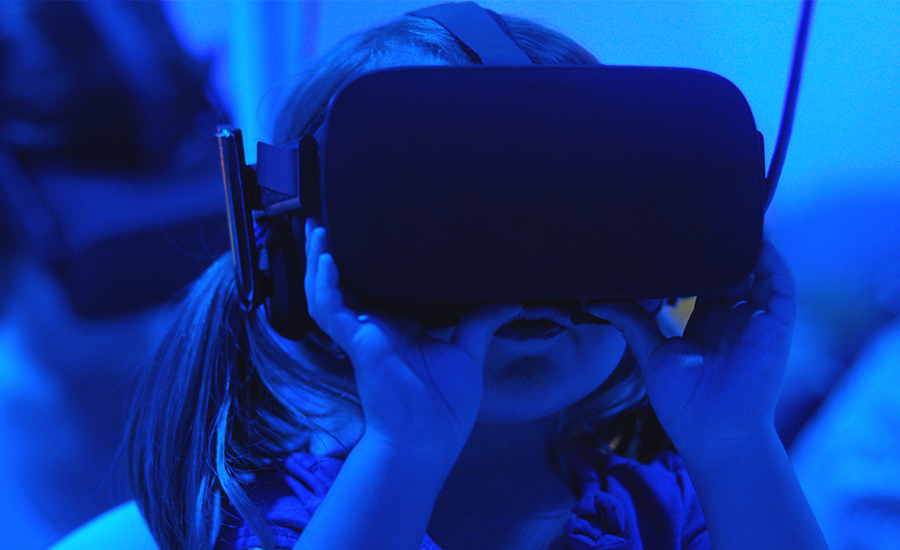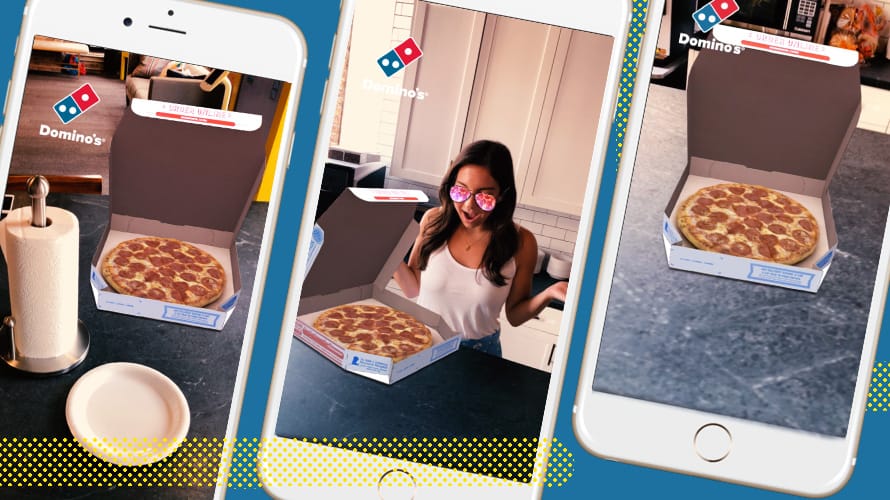In the past ten years, digital advertising has become a necessity for all kinds of businesses. The rapid growth alone across social media and search engines is enough to explain that digital advertising is profitable for companies.
But when we look at the individual mediums and their ad spend growth, it’s new technology that shouldn’t be overlooked.
For instance, augmented reality advertising spend grew by 94 percent from 2014 to 2017. That’s a stark contrast against display and search ad spend growth at 53 percent.
Virtual reality and augmented reality — while fascinating — are still in their infancies. But if we look at VR and AR over the past several years, it’s clear that the technology is in no means of slowing down. And as we all know, where people go — advertisers follow.
The inception of AR in advertising
Many social media advertisers have already adopted augmented reality into their advertising strategies, opening up the possibility that VR could someday be a channel for advertisers.
Take Snapchat for instance. It’s one of the pioneers in augmented reality ads, giving users the ability to try on products or view them in a “real life” setting. It’s one of the ways that Snapchat has started to differentiate the ability of its platform.
Facebook has also been testing augmented reality ads in the News Feed, so it won’t be long before more platforms adopt this type of interactive creative.
AR advertising works well, and here’s why:
- It invokes an emotional response. People love the ability to interact with your content rather than simply view it.
- Virtual try-ons increase sales. Almost literally, it puts the product in front of the user and gives them a real-world sense of what it would be like to have that item.
- It boosts hyperlocal advertising. AR ads are more than just informative. These ads can guide users to a product.
Related: How much does it cost to advertise on Snapchat?
What could a VR digital advertising world look like?
We’re already seeing how AR positively impacts the user experience and brand-to-consumer relationship, but what about VR?
AR makes advertising fun for users and its interactive ability draws them in. There is no question we would see the same response from VR ads. People have begun to develop an immunity to ads across social channels because they’ve become accustomed to scrolling and ingesting content quickly.
VR, however, does something different. It immerses users into a different type of reality with fewer distractions. It will invoke that same emotional response we’re seeing with AR ads, but possibly on a much larger scale.
A VR digital advertising world could look a lot different from what we see now, but that’s years away. It hasn’t yet gained massive adoption like social media and digital video, but it really is only a matter of time before VR takes over living rooms and office spaces.
The key component to VR advertising is the ability to adapt. Advertising has come a long way over the past two decades and will continue to evolve. Evolving as the industry progresses is an absolute must for brands.









